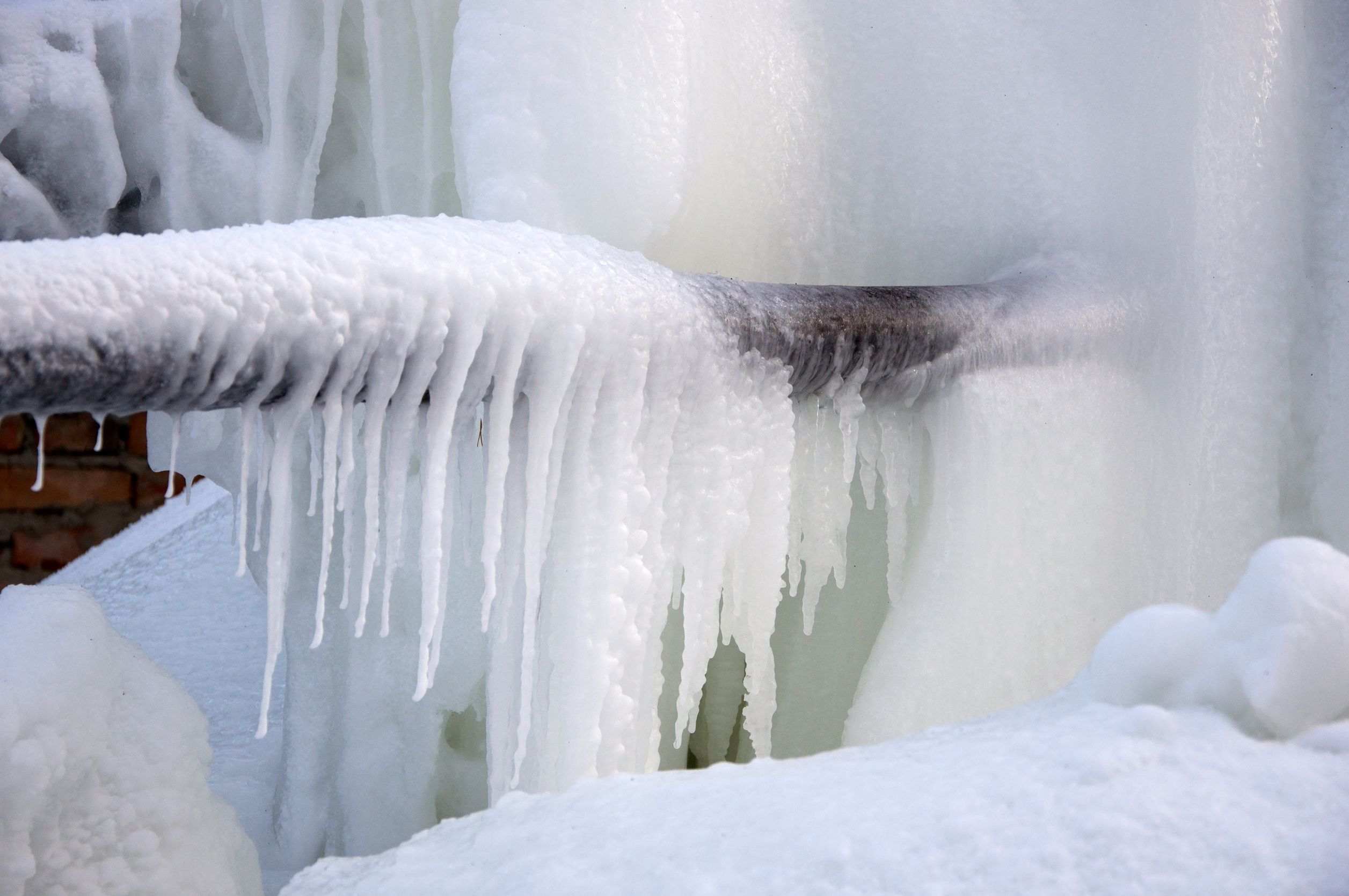Protecting Your Pipes from Freezing: Best Tips
Protecting Your Pipes from Freezing: Best Tips
Blog Article
Just how do you feel when it comes to Prevent Frozen Pipes ?

Winter can ruin your pipes, especially by freezing pipes. Here's just how to avoid it from occurring and what to do if it does.
Introduction
As temperatures decline, the danger of frozen pipelines boosts, potentially leading to pricey repair work and water damage. Recognizing exactly how to prevent icy pipes is crucial for home owners in chilly environments.
Prevention Tips
Protecting vulnerable pipelines
Cover pipes in insulation sleeves or make use of heat tape to secure them from freezing temperatures. Focus on pipelines in unheated or exterior areas of the home.
Home heating methods
Maintain indoor spaces sufficiently heated, specifically locations with plumbing. Open up closet doors to enable cozy air to distribute around pipelines under sinks.
Exactly how to recognize icy pipes
Seek lowered water circulation from faucets, unusual smells or sounds from pipes, and visible frost on subjected pipes.
Long-Term Solutions
Architectural modifications
Take into consideration rerouting pipelines far from exterior walls or unheated locations. Include added insulation to attics, basements, and crawl spaces.
Upgrading insulation
Buy high-quality insulation for pipelines, attics, and walls. Correct insulation assists maintain regular temperature levels and decreases the threat of frozen pipes.
Securing Exterior Pipes
Garden pipes and outdoor taps
Disconnect and drain pipes garden pipes prior to wintertime. Mount frost-proof spigots or cover outside taps with protected caps.
Recognizing Frozen Pipes
What triggers pipelines to freeze?
Pipes ice up when subjected to temperature levels listed below 32 ° F (0 ° C) for extended periods. As water inside the pipelines ices up, it increases, putting pressure on the pipeline wall surfaces and possibly creating them to break.
Dangers and damages
Frozen pipes can cause water supply disruptions, property damage, and pricey repair services. Ruptured pipelines can flood homes and trigger substantial structural damage.
Indications of Frozen Piping
Determining icy pipelines early can prevent them from bursting.
What to Do If Your Pipelines Freeze
Immediate actions to take
If you think icy pipes, keep taps open to alleviate stress as the ice melts. Make use of a hairdryer or towels soaked in warm water to thaw pipes slowly.
Verdict
Stopping frozen pipelines calls for positive actions and quick feedbacks. By understanding the reasons, indicators, and preventive measures, home owners can safeguard their plumbing throughout winter.
5 Ways to Prevent Frozen Pipes
Drain Outdoor Faucets and Disconnect Hoses
First, close the shut-off valve that controls the flow of water in the pipe to your outdoor faucet. Then, head outside to disconnect and drain your hose and open the outdoor faucet to allow the water to completely drain out of the line. Turn off the faucet when done. Finally, head back to the shut-off valve and drain the remaining water inside the pipe into a bucket or container. Additionally, if you have a home irrigation system, you should consider hiring an expert to clear the system of water each year.
Insulate Pipes
One of the best and most cost-effective methods for preventing frozen water pipes is to wrap your pipes with insulation. This is especially important for areas in your home that aren’t exposed to heat, such as an attic. We suggest using foam sleeves, which can typically be found at your local hardware store.
Keep Heat Running at 65
Your pipes are located inside your walls, and the temperature there is much colder than the rest of the house. To prevent your pipes from freezing, The Insurance Information Institute suggests that you keep your home heated to at least 65 degrees, even when traveling. You may want to invest in smart devices that can keep an eye on the temperature in your home while you’re away.
Leave Water Dripping
Moving water — even a small trickle — can prevent ice from forming inside your pipes. When freezing temps are imminent, start a drip of water from all faucets that serve exposed pipes. Leaving a few faucets running will also help relieve pressure inside the pipes and help prevent a rupture if the water inside freezes.
Open Cupboard Doors
Warm your kitchen and bathroom pipes by opening cupboards and vanities. You should also leave your interior doors ajar to help warm air circulate evenly throughout your home.

I'm very taken with 6 Ways to Prevent Frozen Pipes and I am assuming you liked the entire entry. Sharing is caring. You never know, you may just be helping someone out. We cherish reading our article about How to prepare your home plumbing for winter weather.
Details Here Report this page